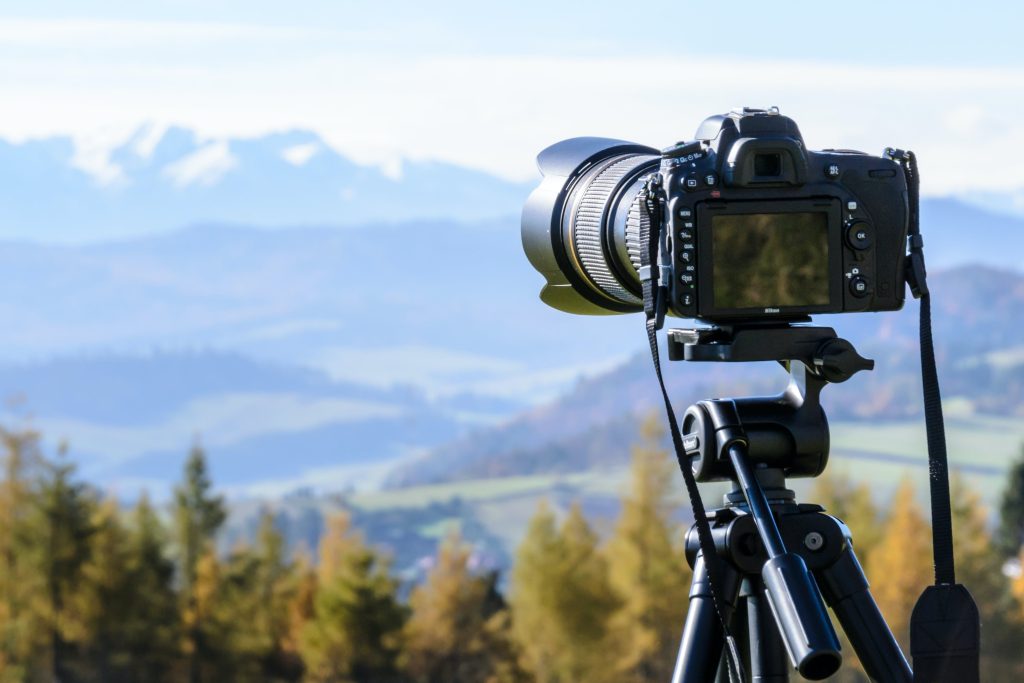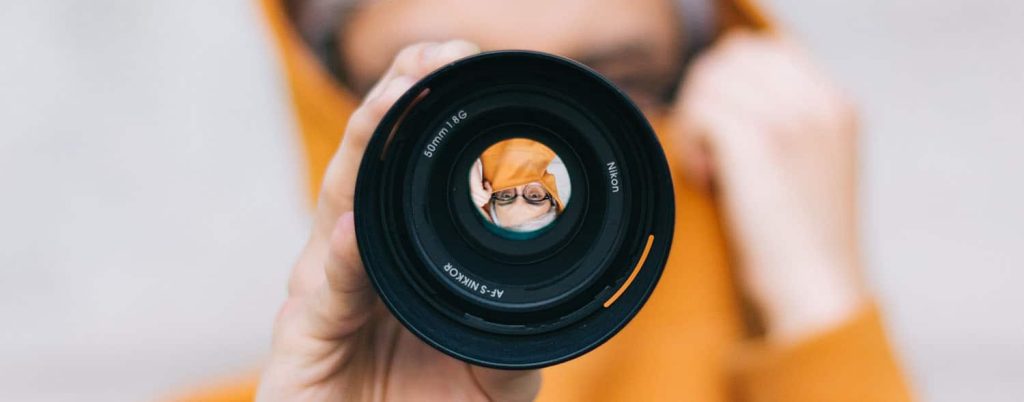
Follow these guidelines for purchasing used lenses, and you’ll soon be enjoying an amazing, new-to-you lens – without spending tons of money!
Used Camera Lenses? Here’s What You Should Know!
Photography is an expensive world to be in. When starting out, you can easily spend $1000 to $4000 on the basics (a camera body, lens, memory card, and flash) – and that’s just the beginning. Most photographers will need multiple lenses to deal with different situations and create different looks. This is where things can get expensive. A good, quality lens can cost $500 to $5000 if you buy it brand new.
Another alternative is buying your lenses used. Is this a good idea, though?
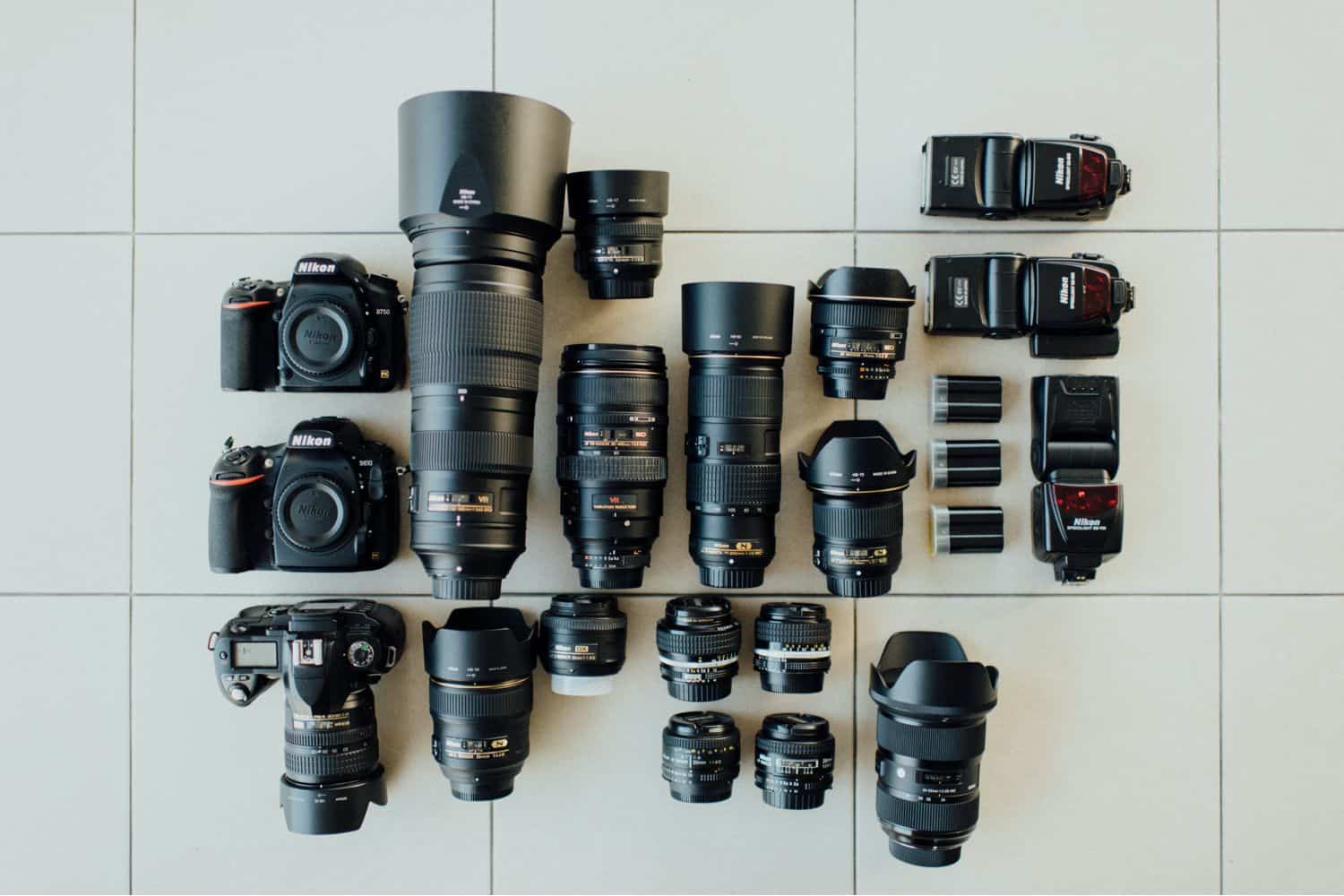
Chuttersnaps
Used lenses is not for everyone. There are certain risks involved and a decent amount of work for the buyer. Personally, I have bought several used lenses, and it has saved me hundreds of dollars. Most of these experiences have been positive, but there have been a few issues along the way. If you plan on buying a used lens, these tips and tricks should help you have the best experience possible.
Before you jump into buying a lens, there are a few things to think about. One, do you really need this lens? Is it really going to make a difference or change the way you shoot? The big game-changers are focal length, aperture, macro ability, and overall speed, sharpness, and image quality.
Two, could this money be put towards something better? What if you spent $1000 on ads or education? Would that deliver a better return on investment (ROI)?
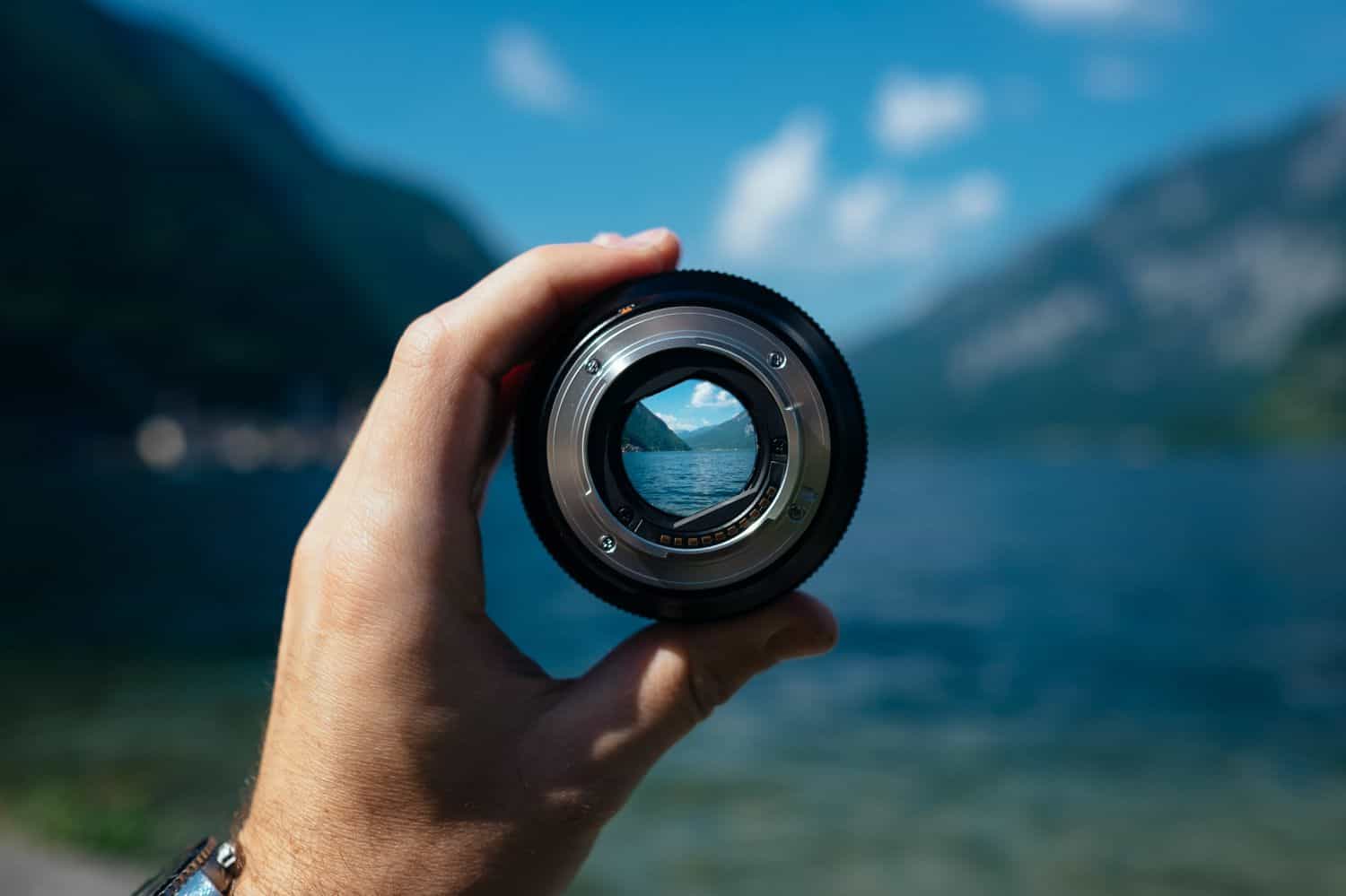
Paul Skorupskas
Evaluating a Seller of Used Photography Equipment
The internet really has connected the world. You can buy used lenses from so many different locations – but this doesn’t make them all equal.
Before you buy from someone, you need to research them. This will let you know whether you can safely purchase from them or if you need to be more cautious.
Seller’s Reputation
The biggest factor is the seller’s reputation. What can you find out about the seller? Are they a business or an individual? Do they sell often? What do people say about them? The more you know about the seller the better you can judge their reputation. If you can’t find any information about them, proceed with caution.
Below we will look at some of the more common places people purchase used lenses. I will start with the most trustworthy sources.
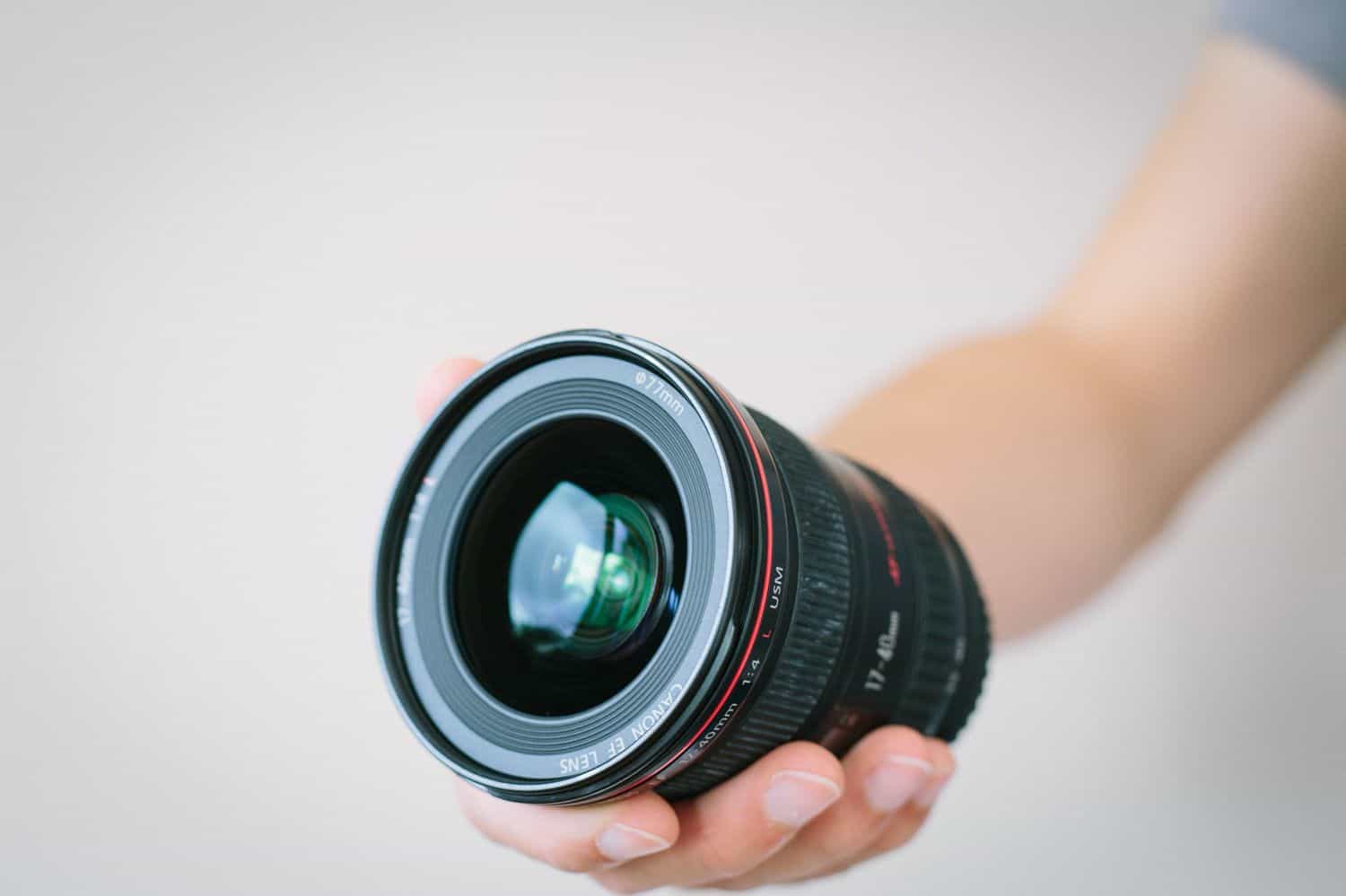
Daniel Gaffey
Major Retailers for Photography Equipment
I’ve been purchasing photography equipment from B&H and Adorama for years, and I’ve had nothing but amazing experiences. I would completely trust them when buying a used lens.
The same is true for my local stores. They have at least three different stores in my state, and I’ve done business with them several times. I can trust them.
These established businesses have proven that they are reliable It’s in their best interest to make people happy, so they wouldn’t take the risk of doing something wrong and tarnishing their reputation.
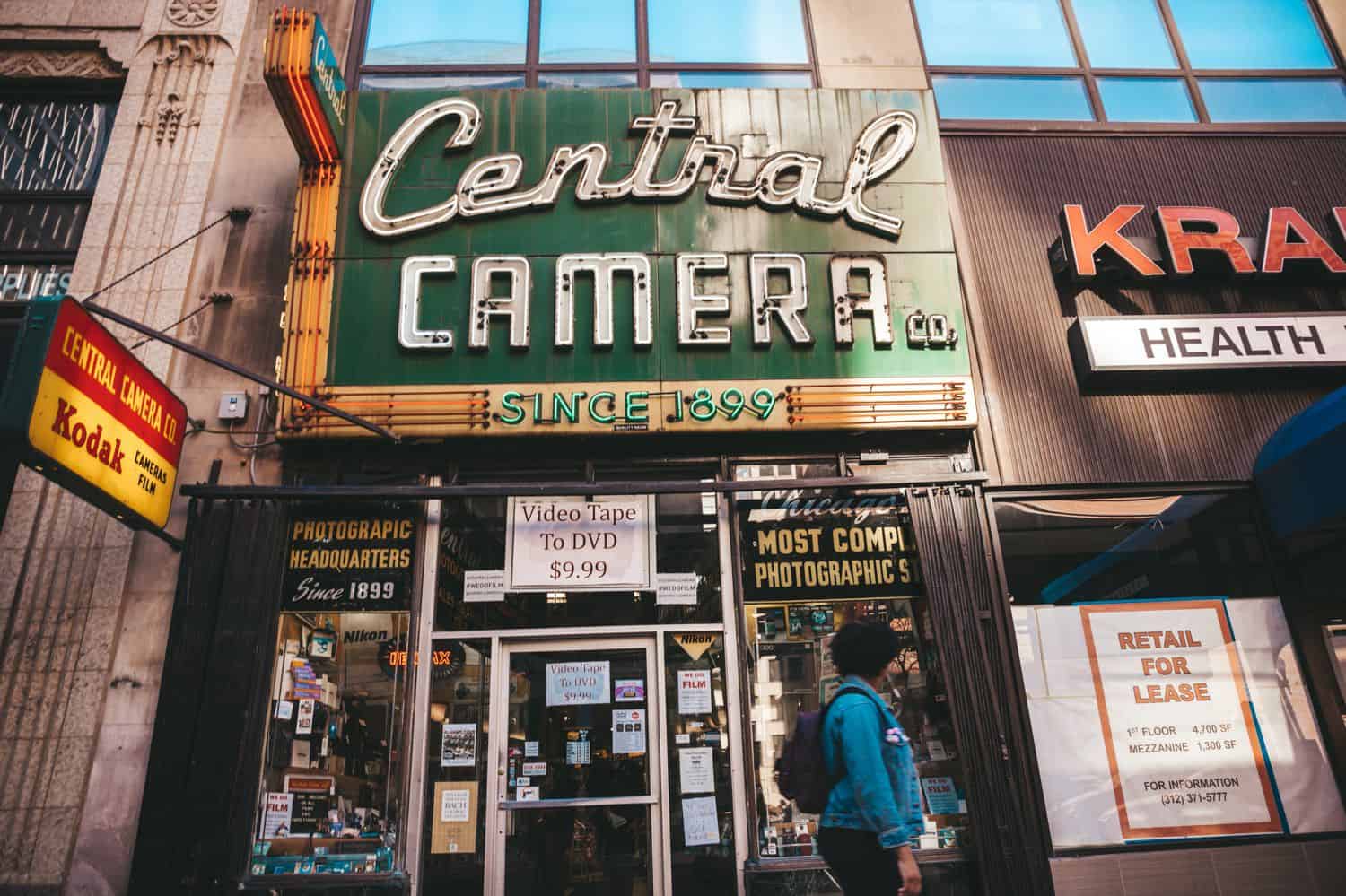
Jonathan J. Castellon
Buying from Local Photographers
The next group of sellers is photographers you know. When you know someone personally, you know whether you can trust them or not. The only issue with this route is the limited stock. Big stores have a large number of items in stock, but you won’t have as many options when you buy from individual sellers.
eBay
I love eBay! I’ve been buying things from eBay for years, and it’s a great source for used lenses. In general, eBay is trustworthy. To be a seller on eBay, individuals have to go through certain steps. You can also see information about the seller, such as how long they’ve been on eBay, recently sold items, buyer feedback, and their location.
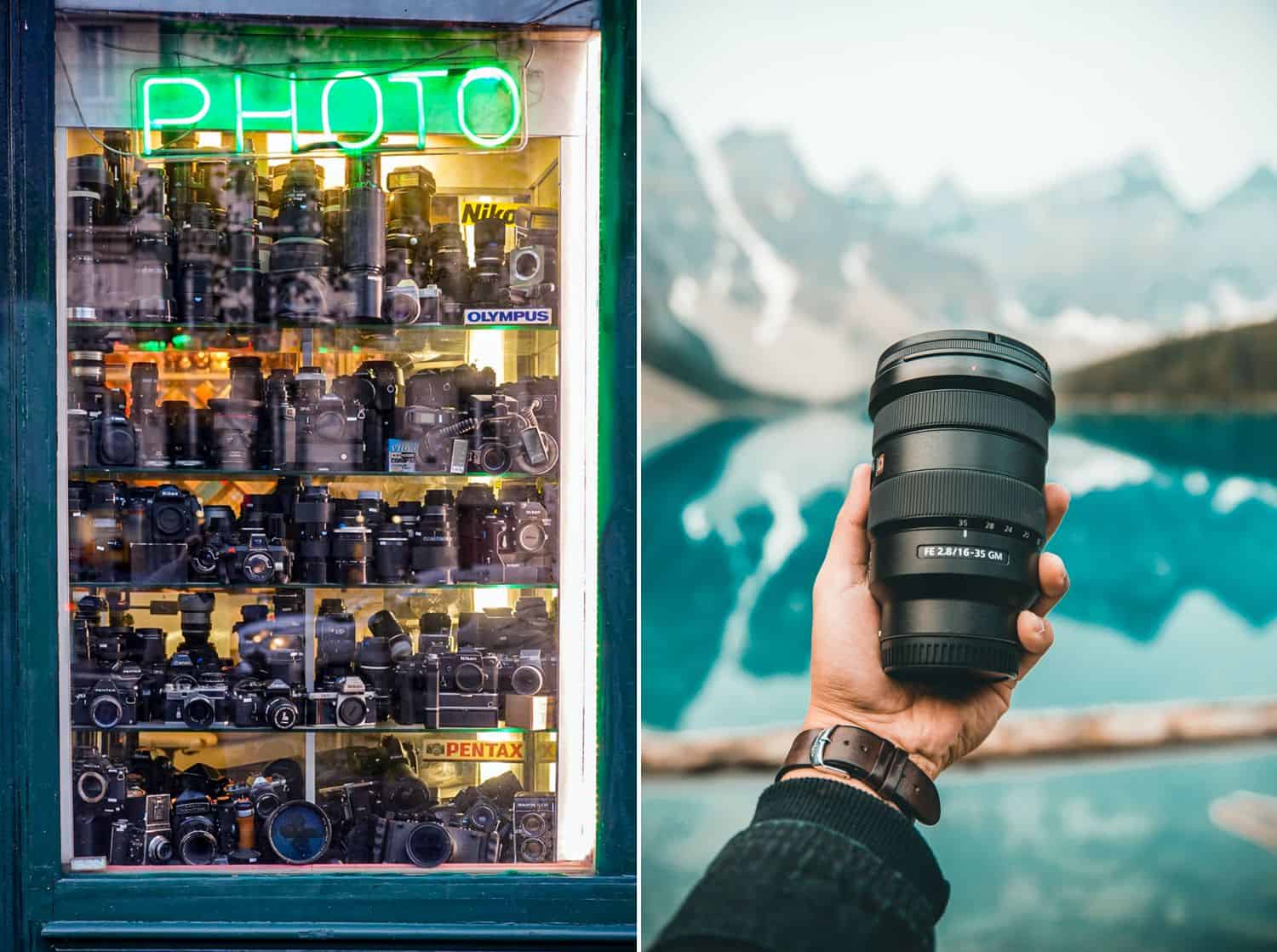
Left: Megan Markham | Right: Bantersnaps
Facebook Groups and Marketplace
About a month ago, I sold my truck on Facebook Marketplace. I’m not going to lie; I was really nervous about the whole thing. In the end, everything was legit, and I ended up making twice what the dealership was offering.
The same is true for photography equipment and lenses. Facebook Marketplace and Facebook groups are a great opportunity to find used lenses. You have access to people who buy and sell all over the country, and there are no fees for you or the seller.
The major downside to buying from Facebook is the lack of trust. People can make fake Facebook accounts and join groups just to scam people. I suggest you pay attention to someone’s reputation before buying. Look at their Facebook account and see if it seems like a real account. How long have they been on Facebook? How many friends do they have? How often are they posting?
Besides that, there are other ways to investigate a seller. First, feel free to ask the seller for references from past buyers. Second, ask around in the group. The members and admins might have feedback about the seller.
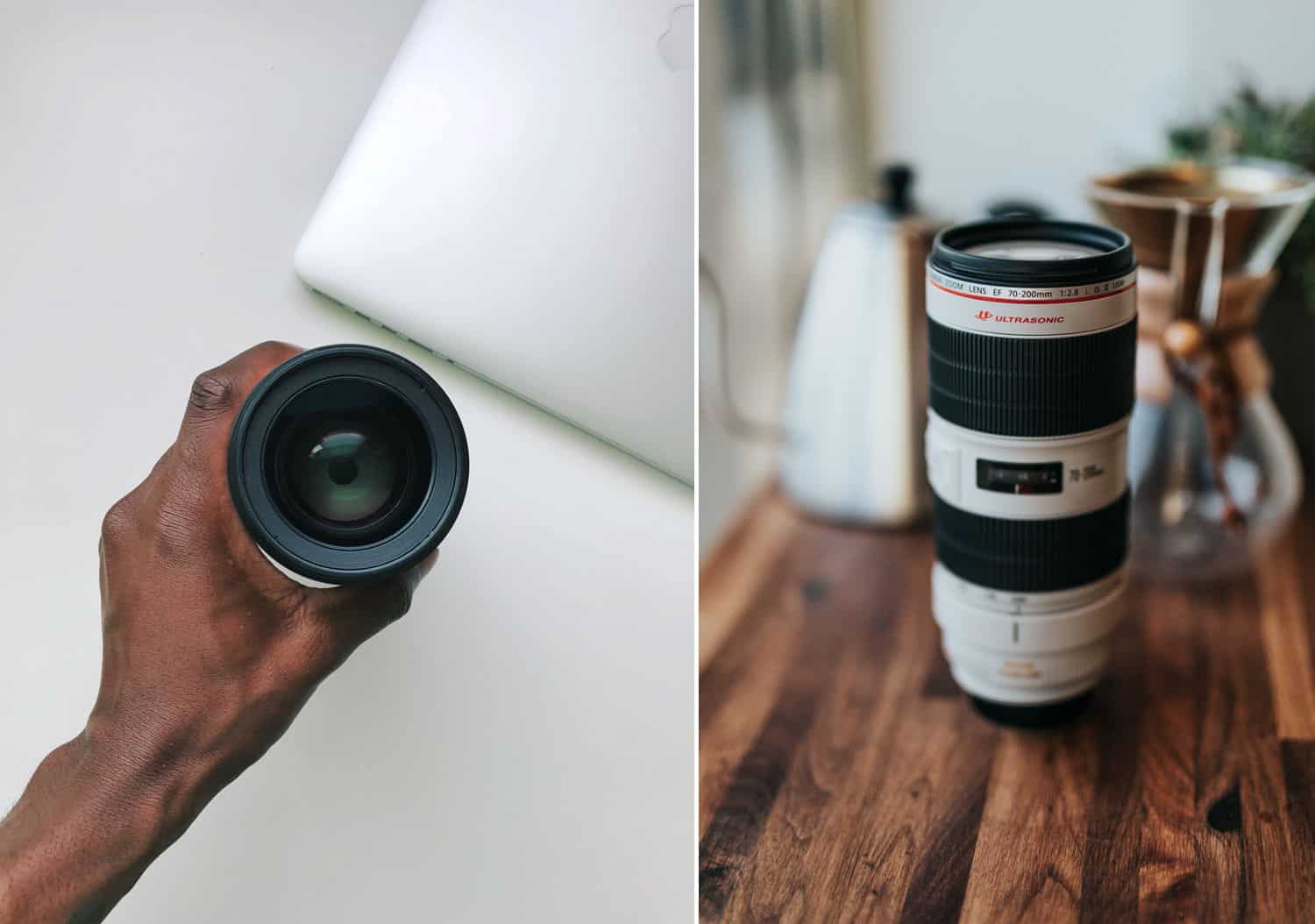
Left: Ron McClenny | Right: Nathan Dumlao
Things to Consider
If you still have questions about the deal, there are a few other things to consider. The first is cost. How does the cost compare to what others are selling for? A quick way to check is to look on eBay. If the lens is selling for considerably less than average, there’s something going on. It is either a scam or there’s something wrong with the lens. Occasionally, you’ll find a crazy deal, but in most cases, beware.
Check the Lens Condition
Look the lens over and see if there appears to be any kind of damage. Are there scratches or dings on the body or glass? Is there dust or fungus inside? Next, test it out. Does the autofocus work or does it make squeaking noises? Check the filter threads. Does the zoom move smoothly? Do the aperture blades open and close smoothly or do the aperture blades get stuck?
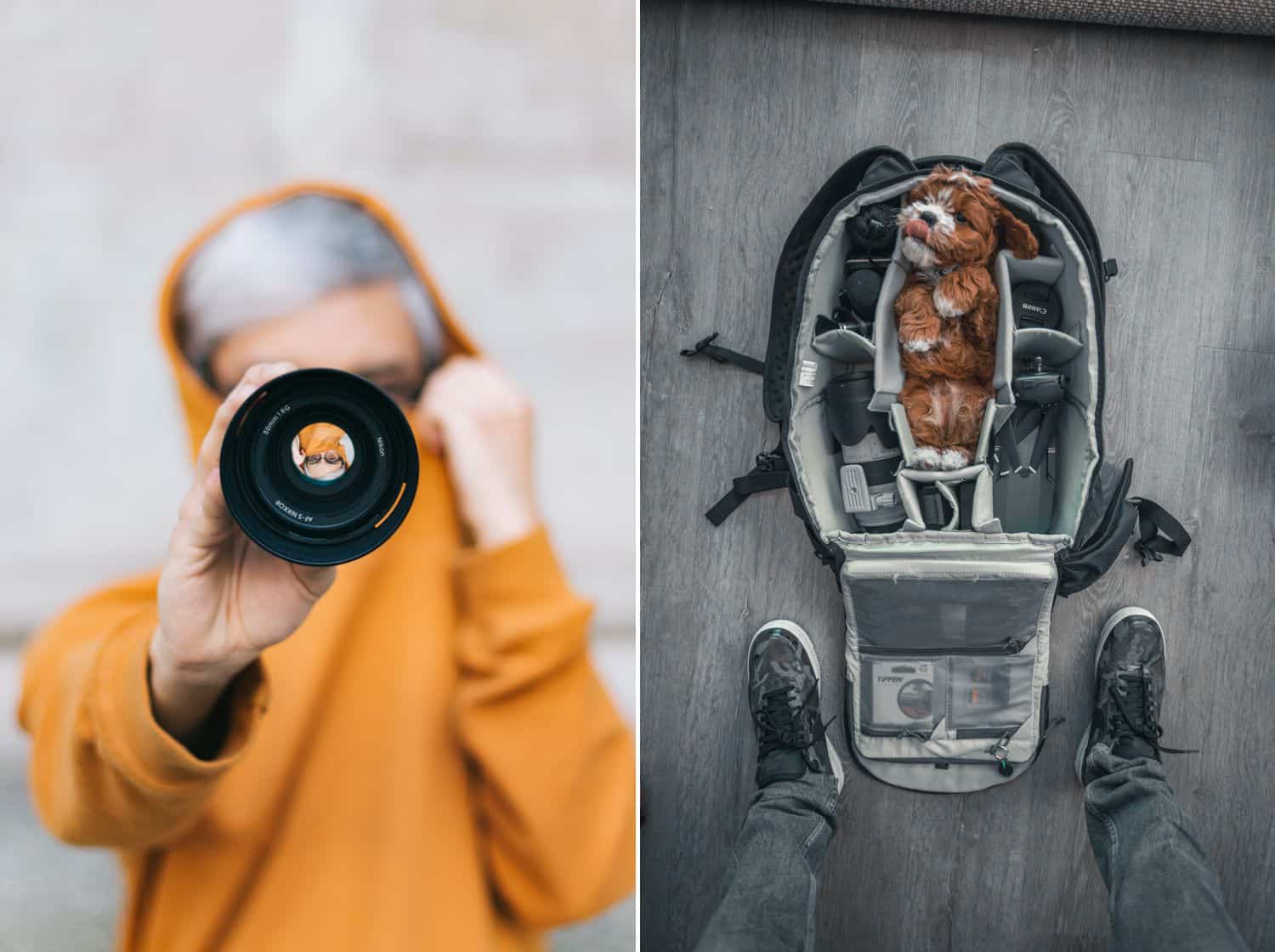
Left: Jacob Mejicanos | Right: Roberto Nickson
Just because the lens is doing well right now doesn’t mean it will last forever. Once, I bought a used lens and it worked fine for several months, but then something broke with the aperture control. Now, I always ask about the age and usage of the lens. The older it is, the more likely something will break. The same goes for how it was used. If it was used daily by a newspaper or in harsh conditions, it might not last as long.
One of the major problems with several of the buying options is that you can’t physically see and hold the lens. When you are buying something from eBay or online, you’re given photos and that’s about it. In these situations, ask as many questions as possible. If the photos aren’t clear, ask for more photos. They could even make a video for you so you can hear it focusing.
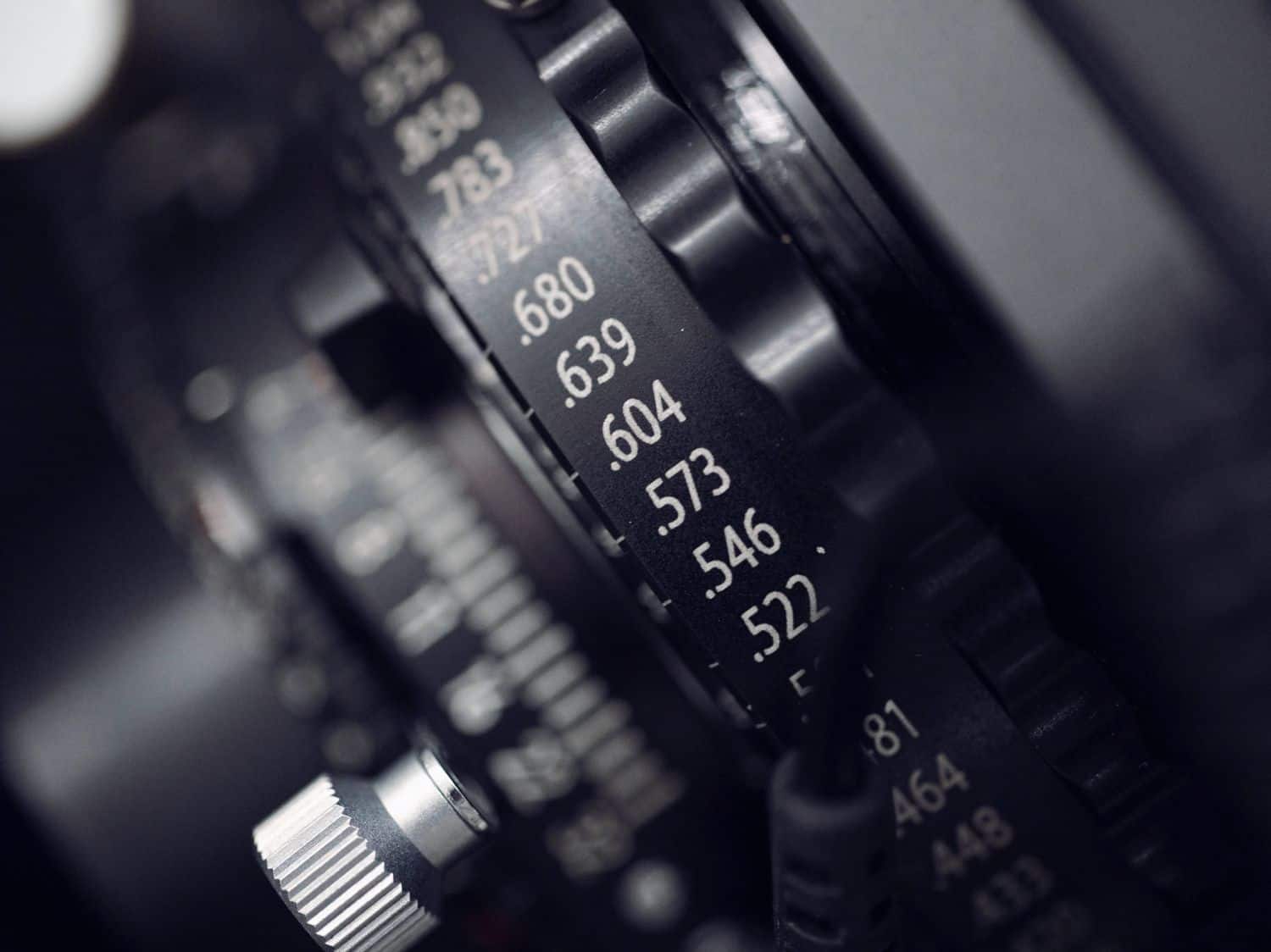
Chuttersnaps
Of course, if there is the option to see it in-person, do that before you buy. Bring your camera body with you and try it out right there. This also gives you a chance to gauge the seller in person. Do they seem nervous or overly interested in getting rid of the lens? Are they driving a $500 car but selling a $2000 lens?
Is it a U.S. or “Gray Market” Model?
There is another small thing that many people miss. Find out if the lens is a U.S. version or gray market version. This means the lens was either made to be sold in the U.S. or in another market. Usually there’s no difference in the quality of the lens, but it matters when it comes to repairs. Most manufacturers in the U.S. will only repair U.S. models. That means you would have to send a gray market lens out of the country to get it fixed.
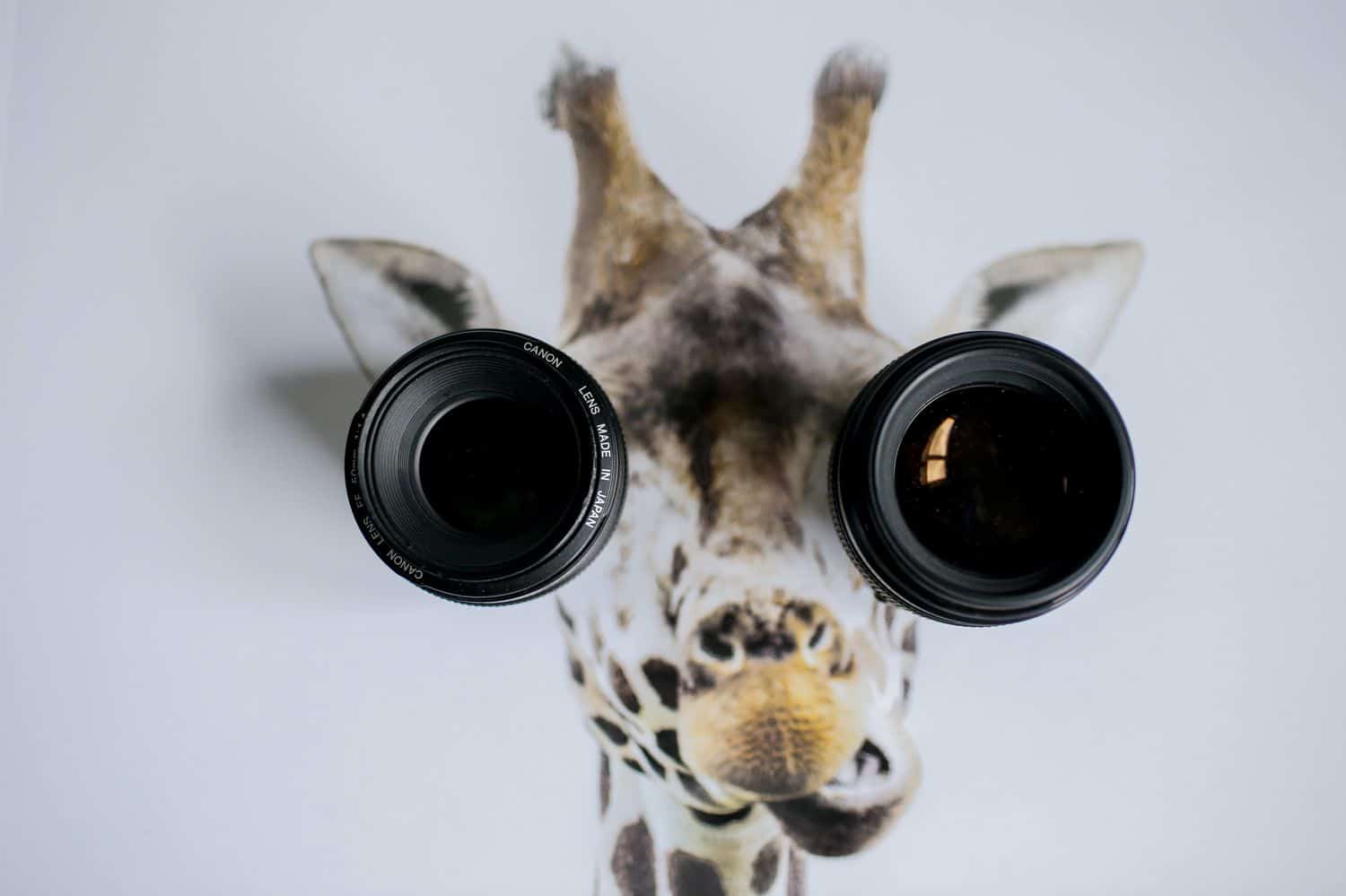
James Bold
Ask for Proof of Ownership
It’s also good to request proof of ownership. Do they have a receipt that proves they are the owner? Cameras and lenses get stolen all the time, so you want to make sure you aren’t buying stolen goods.
Finally Purchasing the Used Lens
When you’ve committed to buy, there are a few other things to do to ensure you’re protected.
Payment
Make sure to use a form of payment that includes buyer insurance. I tend to do everything through PayPal because, if something goes wrong, I can contest the sale. If you use cash or Venmo, you don’t have that security. With PayPal, make sure to say you are paying for Goods and not Services.
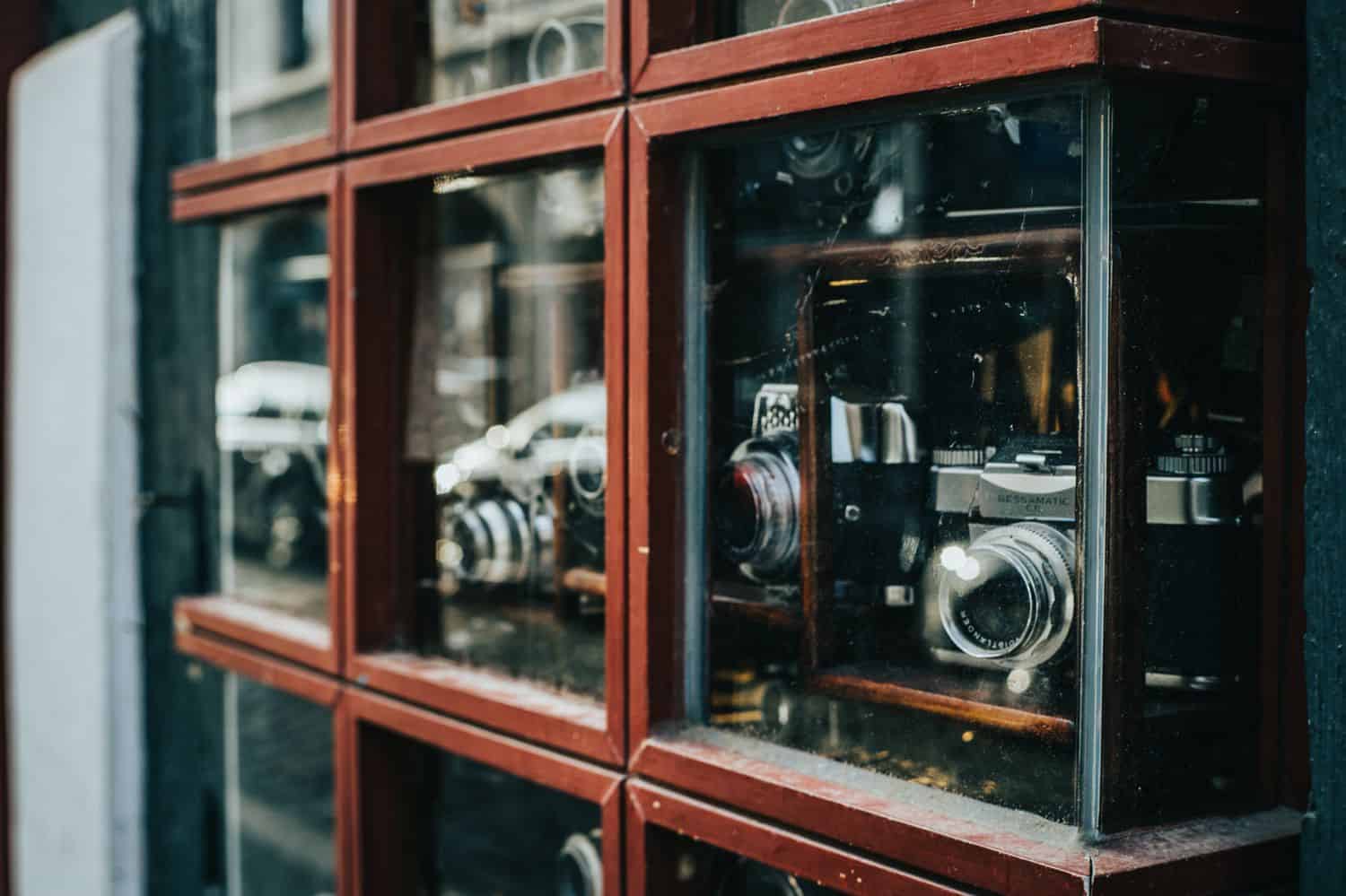
Jonathan Kemper
Document the Receiving and Opening
When you do receive the item, document the experience. If it’s in person, take photos or videos of the transaction, and do it in a safe place. Before opening the box, record the process to show the condition you received it in.
Common Scams
I know I sound like a conspiracy nut, but I believe it’s better to be safe than sorry. The best advice? If it feels too good to be true, it probably is. Trust your gut.
There are a few common scams to be aware of. In one, they’ll ask you to pay up-front by a certain method. Then they never ship the item, and you can’t get your money back.
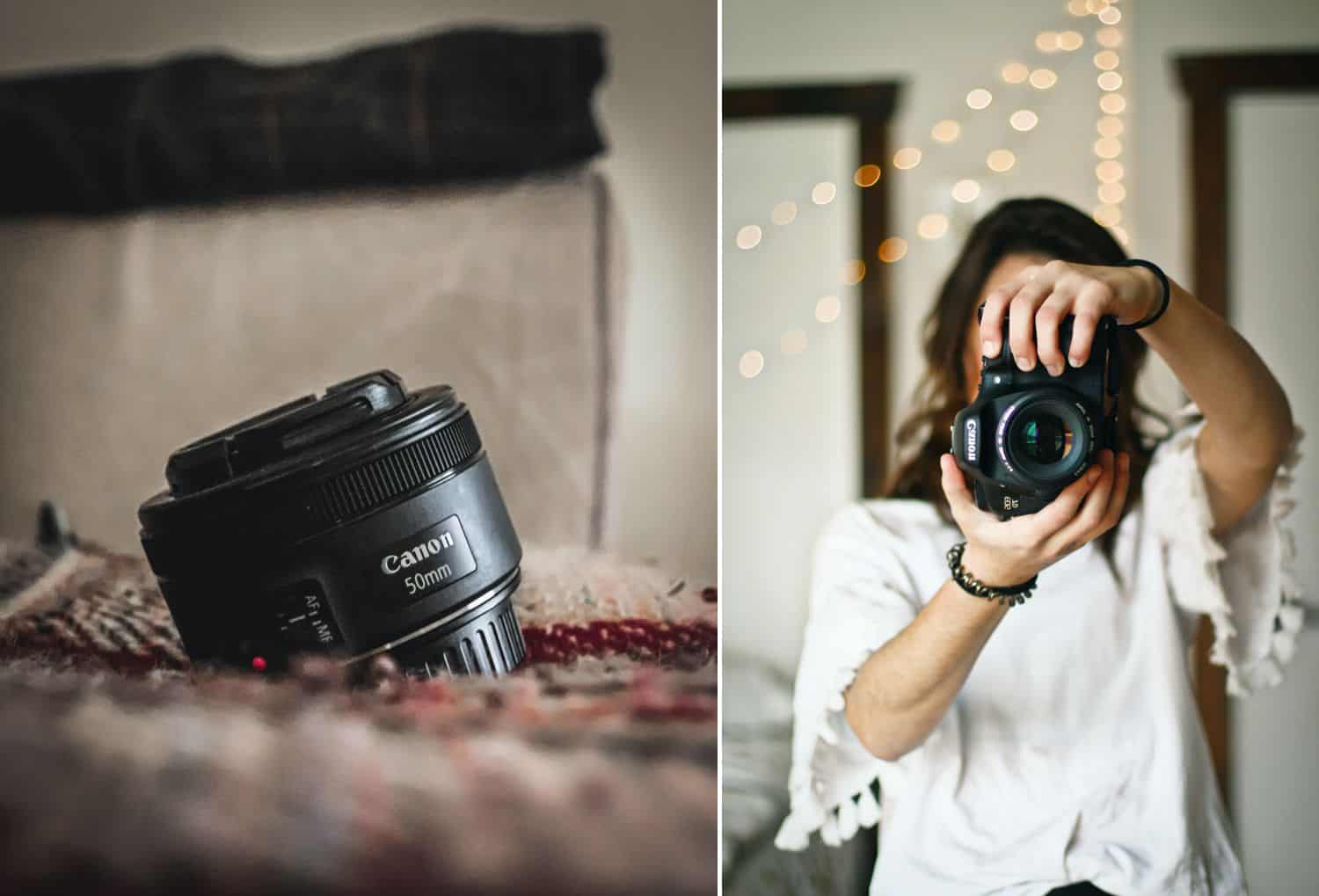
Left: Scott Gummerson | Right: Noemi Macavei Katocz
In another common scam, they’ll sell you something different from what was advertised. Basically, they either show images that aren’t real, or they misrepresent the item’s condition. You might open the box and find a broken lens. Then, the seller can either claim that you broke it or that it was broken during shipping.
Conclusion
I’m a big believer in saving as much money as I can for my business. Buying used lenses is one solution. Make sure you follow the guidelines above, and you’ll soon be enjoying an amazing lens without spending tons of money!
Written by BRYAN STRIEGLER
Bryan Striegler is a wedding photographer who loves superheroes, sports, and skittles. Along with his saint of a wife and their crew of kids, Bryan lives in northwest Arkansas where, in his free time, he’s constantly searching for the next great Netflix binge.

